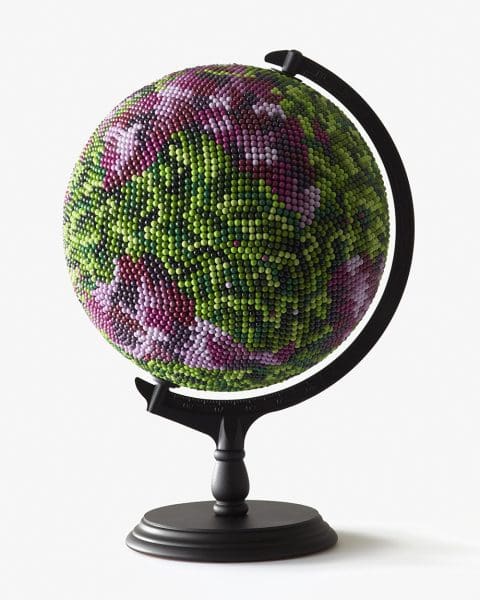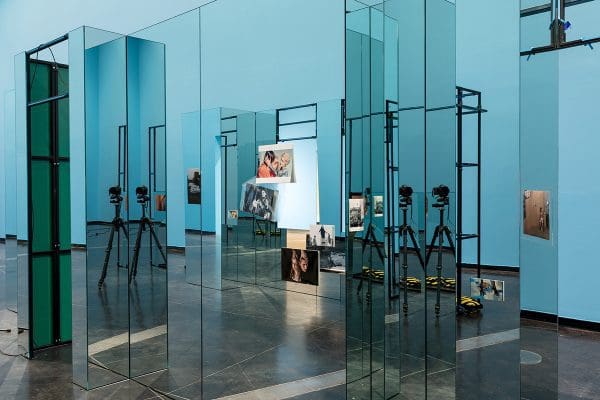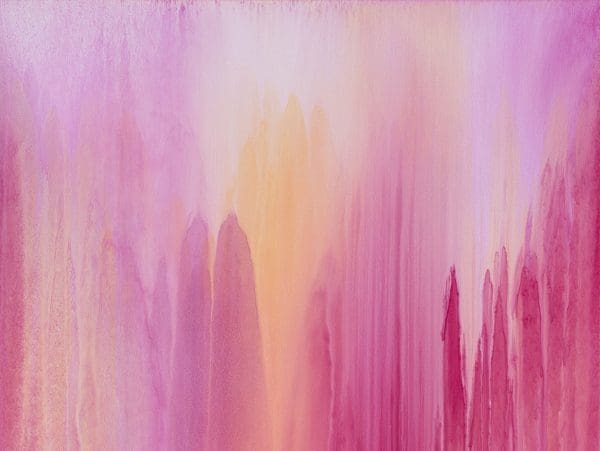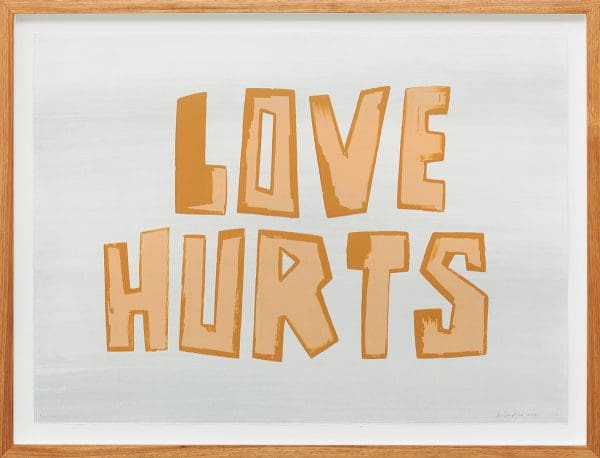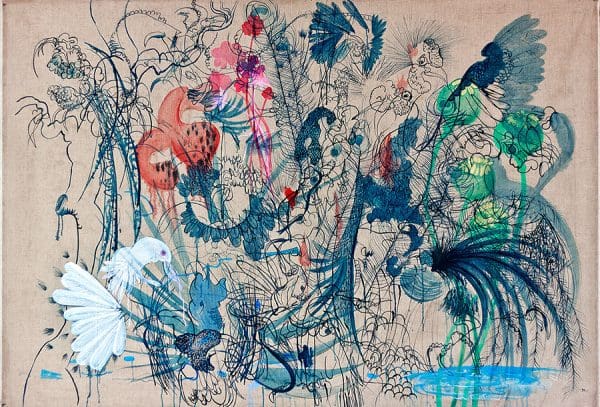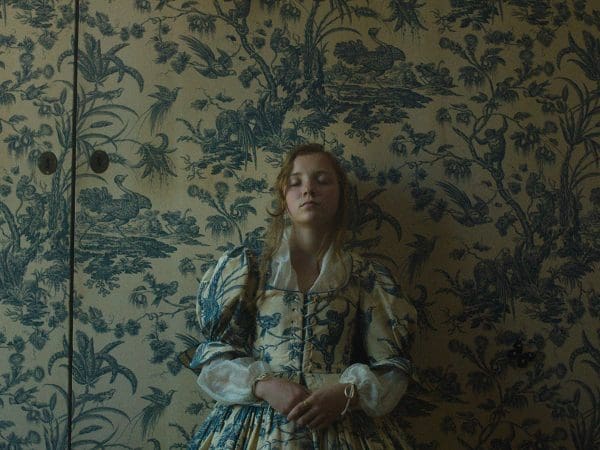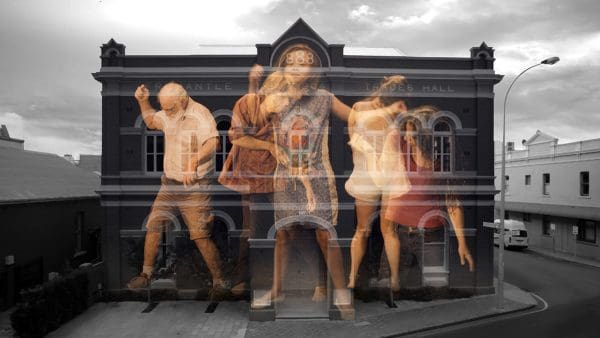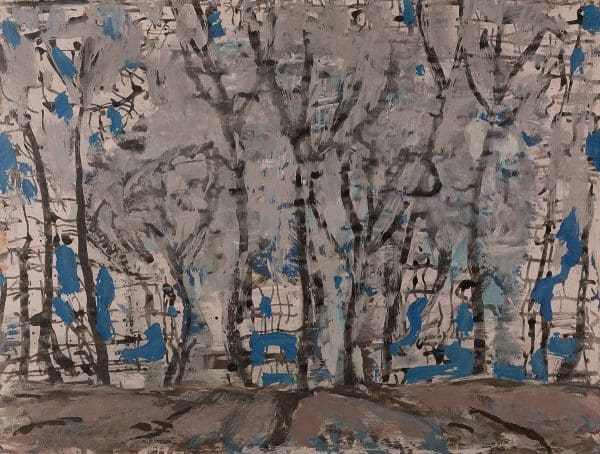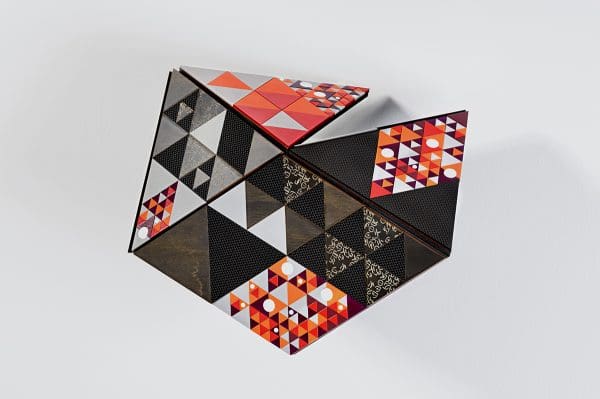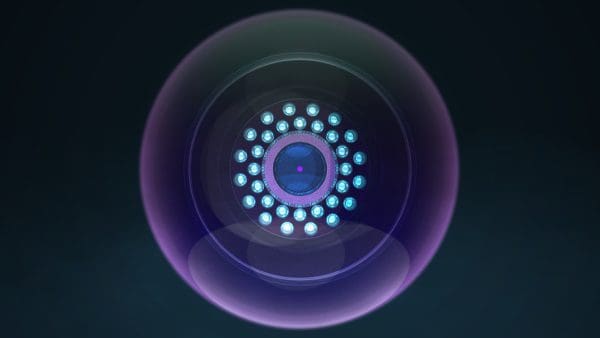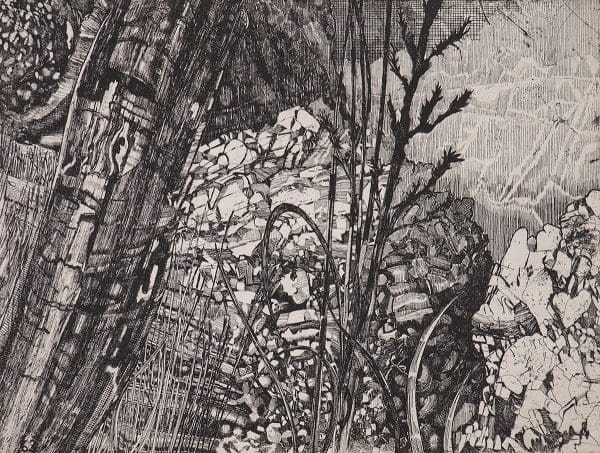
Raymond Arnold: Prospect & Refuge
In a career spanning over forty years, Raymond Arnold has continuously explored how we see and represent landscape.
In a career spanning over forty years, Raymond Arnold has continuously explored how we see and represent landscape.
How do you give average citizens a sense of the overwhelming nature of man-made global warming? Might art be an empowering alternative?
Claire Lambe weaves an uneasy narrative through a warp of found archives, personal records, films, studio documentation, architecture and design. In the formidable expanse of ACCA the installations in her solo show, Mother Holding Something Horrific, seem almost restrained.
In a world where one of the only consistencies is that there’ll be more bad news, Ash Keating has created a meditative space for viewers to find a brief respite.
Six Melbourne artists will exhibit new lithographic prints in Adelaide and Sydney this April.
Through a series of saucy, humorous and energetic paintings, Josh Robbins explores the performance of desire by portraying birds in the act of seduction.
Directors Aileen Burns and Johan Lundt add an antipodean twist to their global focus at Brisbane’s Institute of Modern Art, selecting Willem de Rooij and Fiona Tan to kick off the 2017 exhibition program.
Through a combination of archival material and newly commissioned works, Orange: Sannyas in Fremantle considers the nature of devotion and religious experience.
After traversing England, Scotland, Germany, Canada, Shanghai, the Philippines and an array of Australian towns, modernist painter Ian Fairweather eventually settled on Queensland’s Bribie Island in 1953.
Digital code is the language of modern life, yet very few of us speak or understand it.
Keating and Johnstone’s video and sculpture-based installation at Canberra’s M16 is concerned with making connections across our growing digital terrain.
In her solo show, The Choreography of Cutting, Sally Smart has effectively traced her ongoing commitment to an investigation into three seemingly disparate topics: the historical Avant-Garde, traditional Indonesian folk art and the act of cutting.
